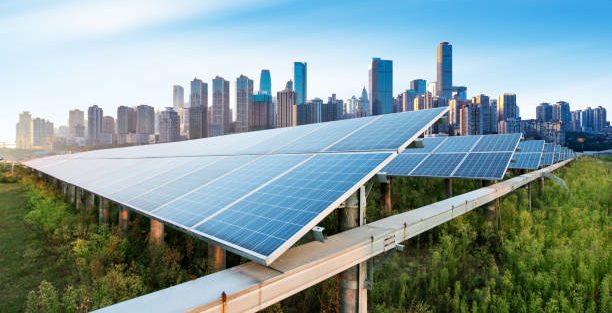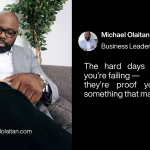Energy costs are one of the sneakiest drains on a business’s budget. You might think your electricity bills are manageable, your generator is reliable, and your staff is mindful of power usage—but the truth is, most businesses are losing far more than they realize.
I recently spoke with a client running a mid-sized manufacturing business. They thought switching to solar was “too expensive.” But when we looked at their monthly energy costs—including generator fuel, maintenance, and downtime—they were spending almost 50% more than they needed to. That extra money could have hired two more employees or expanded their operations.
Ignoring energy efficiency isn’t just about high bills—it’s about lost productivity, unnecessary stress, and missed growth opportunities.
Why Most Businesses Fail at Energy Efficiency
1. Focusing Only on Upfront Costs
Many businesses see energy upgrades as a cost, not an investment. For example, a retail store might skip installing solar panels due to the initial price tag. But long-term savings—lower bills, fewer generator hours, less maintenance—often pay off within a few years.
2. Neglecting Maintenance
Even the best systems lose performance if ignored. I’ve seen businesses install high-quality generators and AC units, only to watch efficiency drop within months because of poor upkeep.
Quick tip: Small actions like cleaning panels, servicing equipment, or replacing worn parts prevent costly efficiency losses.
3. Not Tracking Energy Usage
You can’t fix what you don’t measure. Many businesses overlook energy tracking, making waste invisible. A hotel I worked with assumed their electricity usage was normal—until monitoring revealed lights, pumps, and HVAC systems running 24/7 unnecessarily.
4. Ignoring Staff Behavior
Technology alone isn’t enough. Employees leaving lights on, overusing equipment, or ignoring peak-hour electricity can erase the benefits of even the best systems.
5. Limited Financing Options
Many businesses avoid energy upgrades due to cash flow concerns. Delaying action often costs more. One manufacturer postponed a generator upgrade—they lost three clients due to frequent downtime.
Solution: Flexible financing, like powernow, spreads costs and makes energy-efficient upgrades accessible.
Segment 3: How to Fix It
1. Conduct an Energy Audit.
Identify exactly where energy is being wasted. Small adjustments—replacing old equipment or adjusting operating schedules—can make a noticeable difference.
2. Invest in Modern Energy Solutions.
Energy-efficient equipment, solar, and smart systems reduce costs and improve reliability. Strategic investments can pay off in as little as 2–3 years.
3. Monitor Usage Smartly
Digital tools and smart meters let you track consumption in real time. Awareness drives accountability—and accountability drives savings.
4. Train Your Team
Employees are a critical part of the solution. Short training sessions, reminders, and incentives encourage energy-conscious habits.
5. Leverage Flexible Financing
Don’t let upfront costs hold you back. Solutions like PowerNow make energy-efficient upgrades affordable and cash-flow friendly.
Conclusion
Energy efficiency isn’t a luxury—it’s a business necessity. Ignoring it silently drains profits, reduces reliability, and slows growth. But with the right approach—auditing usage, investing wisely, monitoring systems, training staff, and leveraging flexible financing—your business can turn energy efficiency into a competitive advantage.





